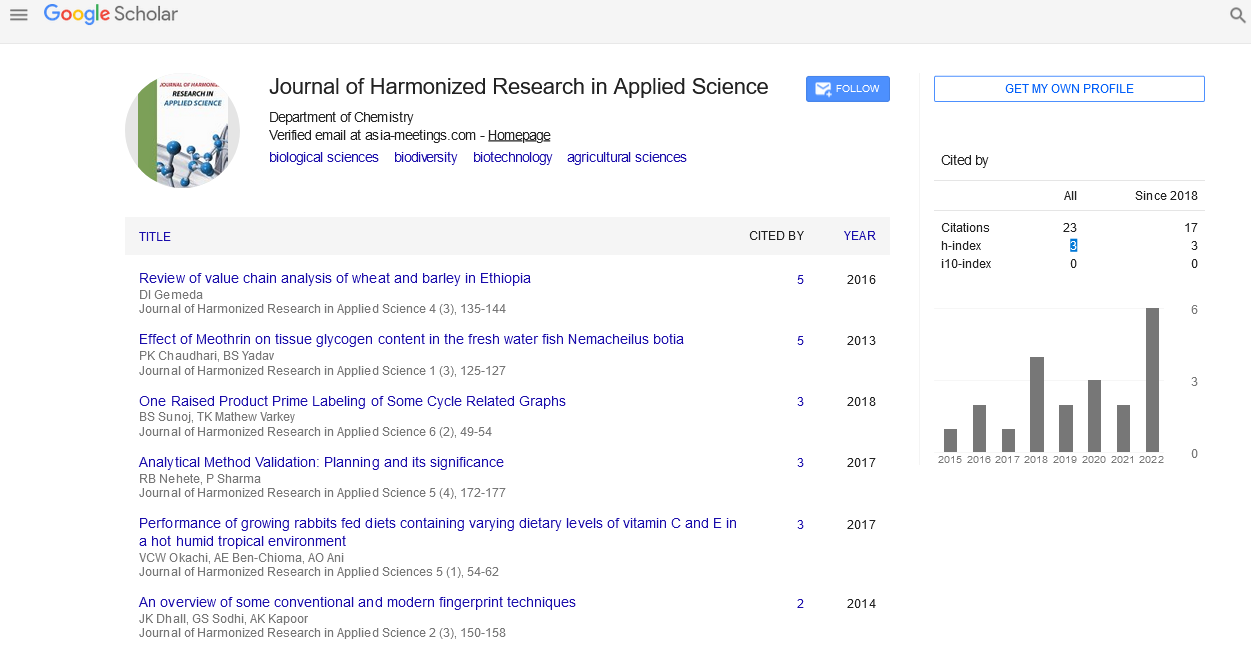DETERMINATION OF METALS IN BIOMASS FROM SOUTHERN CA SALT MARSH, USA
Abstract
Author(s): Mohammad Hassan Rezaie-Boroon, Sonya Diaz, Vanessa Torres, Dimitri D. Deheyn
Abstract Concentrations of metals have been determined in sediments from the southern California salt marsh, Salinas de San Pedro, USA. The salt marsh receives anthropogenic inputs from surrounding s ites, which are urbanized and industrialized to varying degrees (Los Angeles and Long Beach Harbors). We have analyzed selected body parts of biological samples for metals concentration. Generally, digestive organ of collected bivalves samples exhibited higher metal concentration than foot, muscle and shell . Among the analyzed bivalve species, the average concentrations (mg/g; wet weight) of heavy metals in the digestive, foot, muscle, and shell respectively were as follows: Al (0.07,0.16, 0.50, 0.07), As (0.00001, 0.0069, 0.005, 0.0000006), Cd (0.005, 0.0004, 0.0006, 0.00001), Cr (0.003, 0.005, 0.019, 0.00009), Cu (0.13, 0.17, 0.30, 0.0002), Fe (3.93, 0.39, 1.14, 0.11), Mn (3.35, 0.02, 0.04, 0.01), Ni (0.023, 0.005, 0.012, 0.0005), Pb (0.01, 0.01, 0.04, 0.0003), S (3.12, 0.72, 1.46, 3.21), Se (0.005, 0.0002,0.0002, 0,0002), Zn (3.43, 0.14, 0.32, 0.32) . The average concentrations (g/mg) of trace metals decreased in the order Fe>Mn>Zn>S>Al (for digestive), S>Fe>Al>Cu>Zn (for foot part), S>Fe>Al>Zn>Pb (for muscle), and S>Zn>Fe (for shell). Metals in oxide phase are potentially available to filter-feeding and burrowing organisms as acidic, reducing conditions are encountered in a gastro-intestinal environment. Even though the concentrations for most for snails and bivalves samples were below the limit values and also for most bioaccumulation levels were not critical, a potential danger may appear in future, depending on the local waste water and industrial activities in Los Angeles and Long Beach harbors. Keywords: Salinas de San Pedro, Bivalves, bioconcentration factor, heavy metals, target hazard quotients (THQ)










